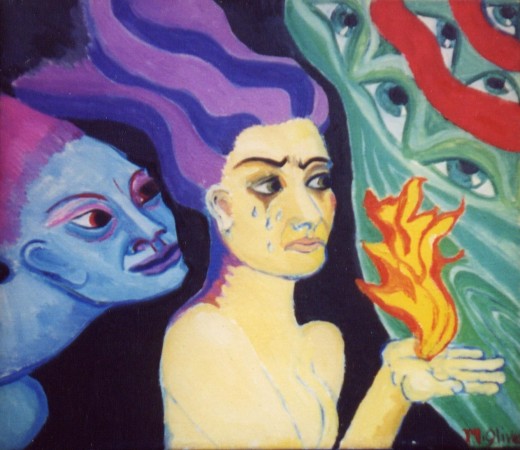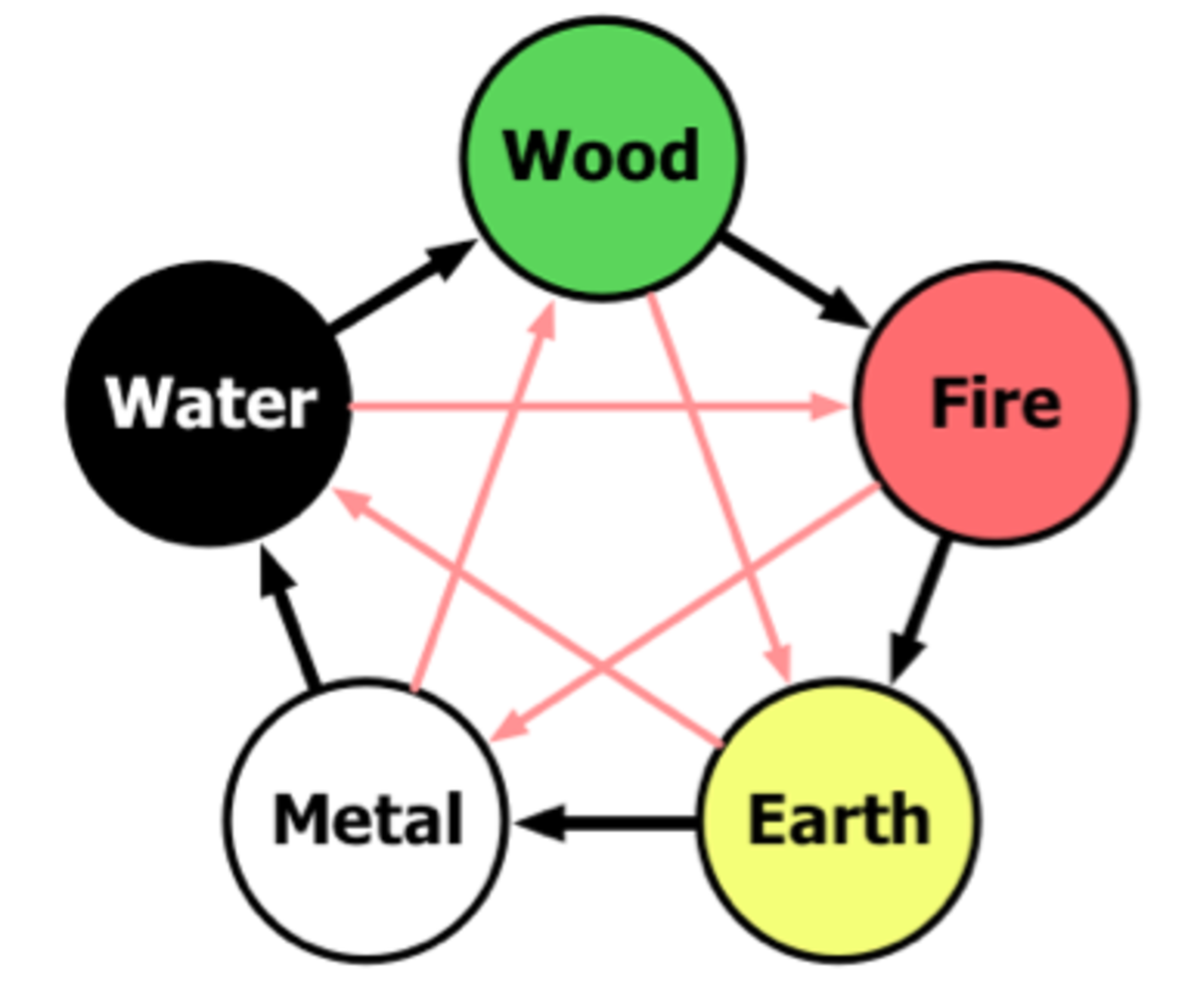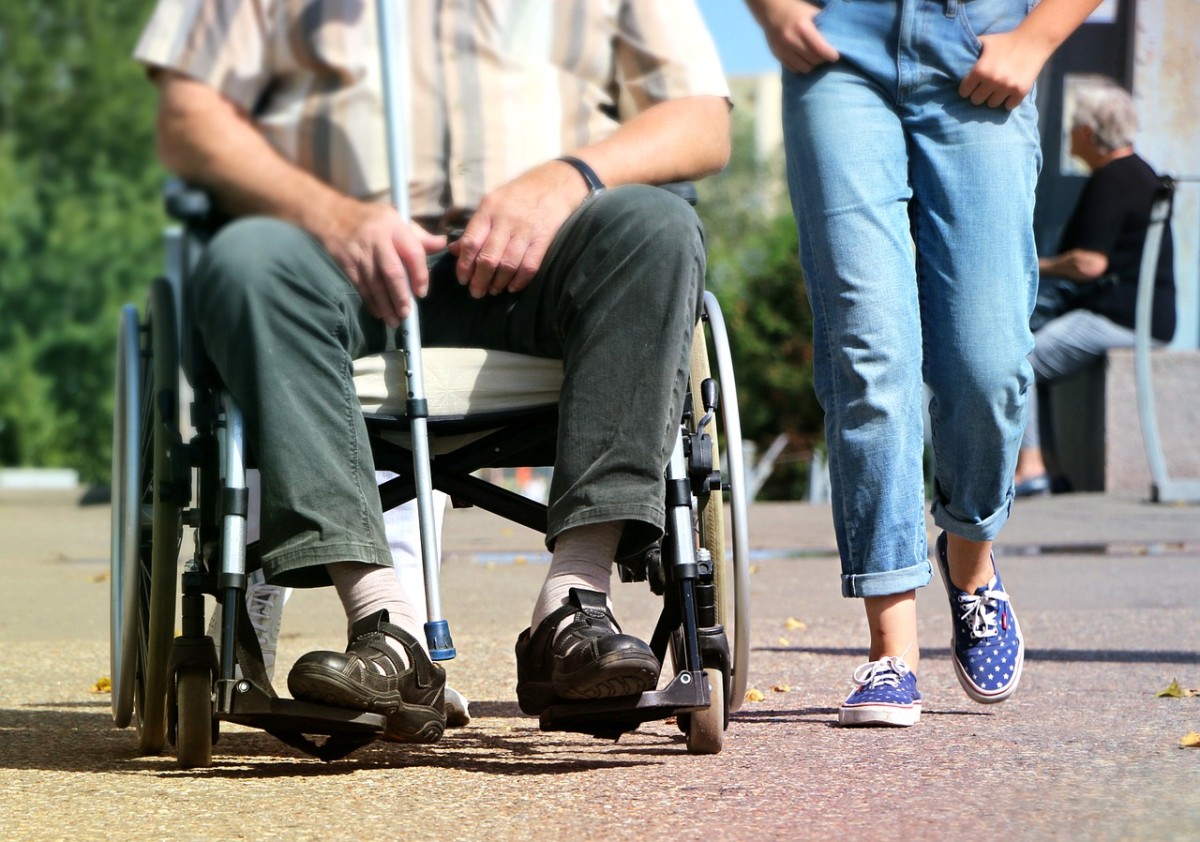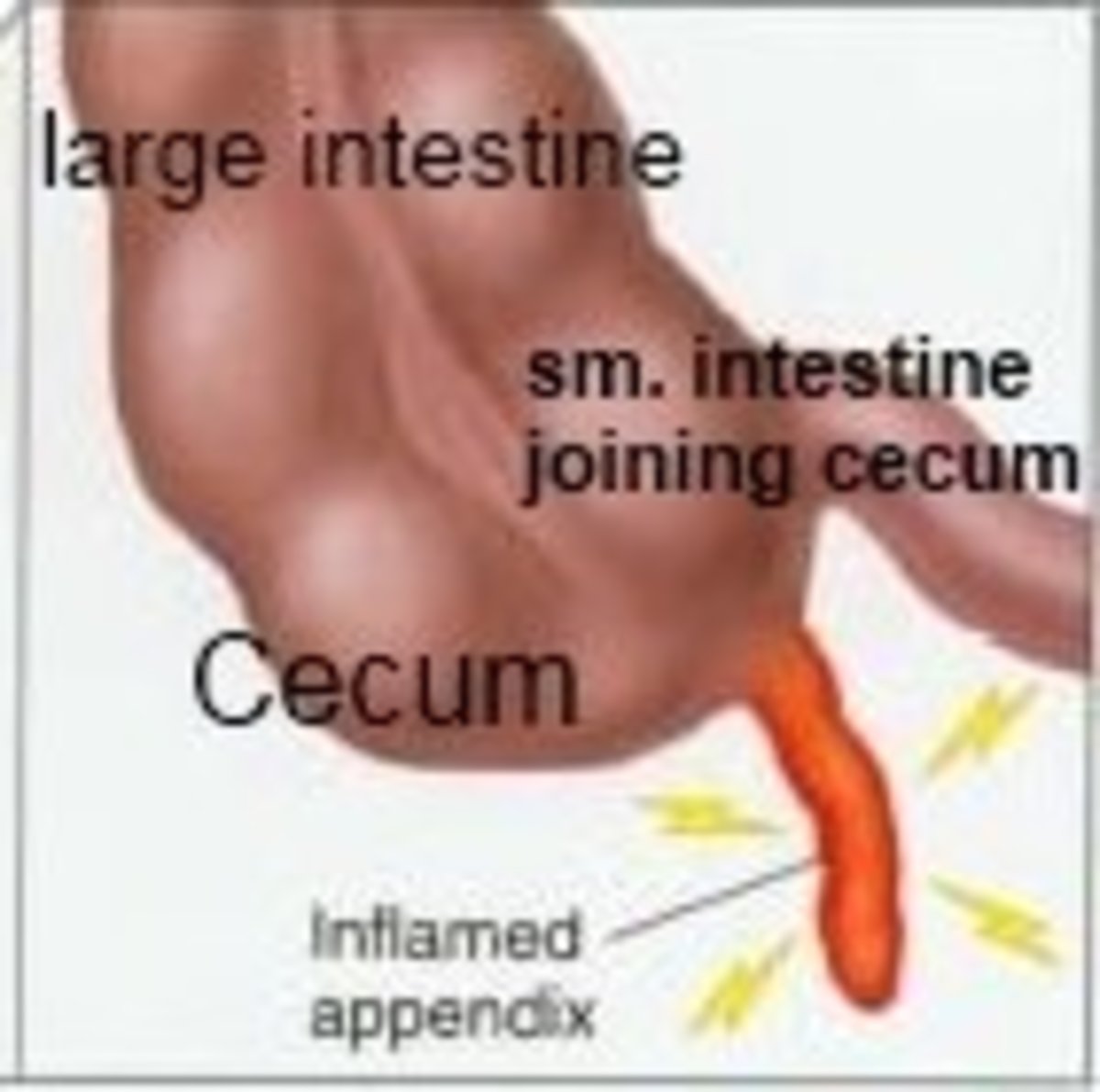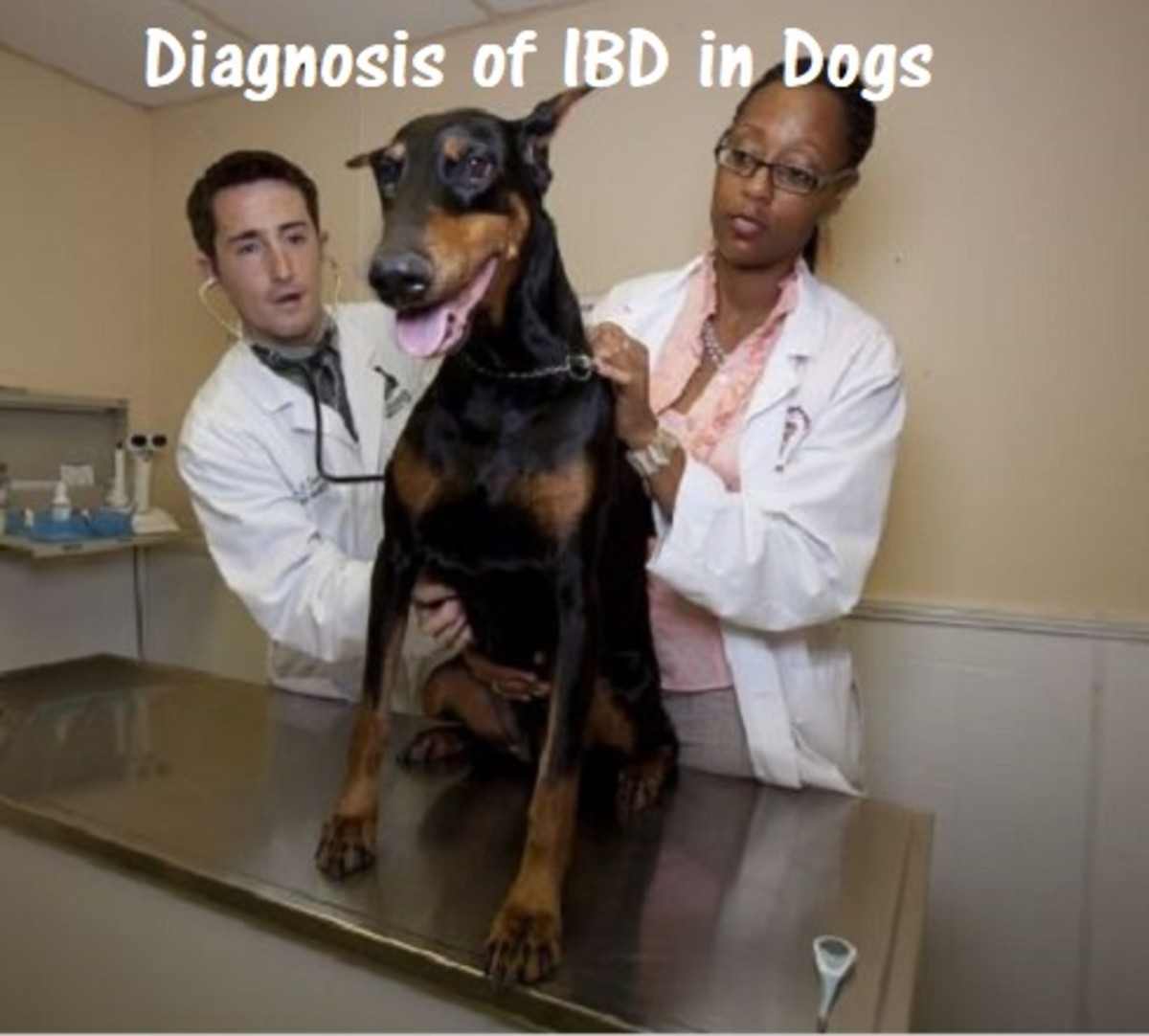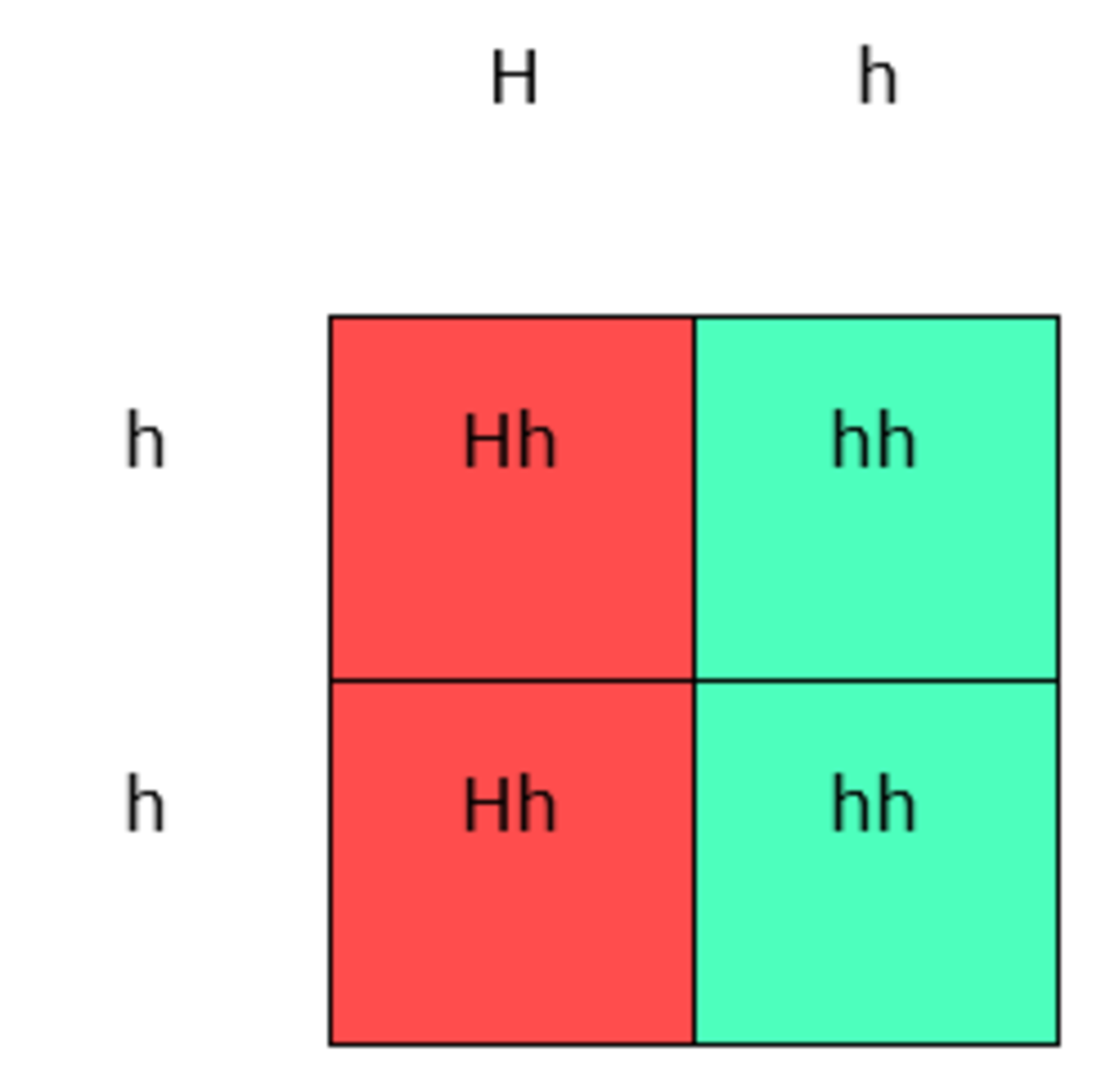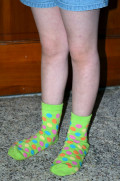Schizophrenia: Signs | Symptoms | Diagnosis | Five Types
Learn to survive schizophrenia
Schizophrenia is a chronic mental problem characterized by an alteration in the perception of real world, affecting the emotions, behavior, and thought process. The term schizophrenia comes from the Greek word schizo meaning “division” and phrenos meaning “mind” so schizophrenia refers to division of mind and its thoughts accompanied by delusions and associated disturbances. According to history and culture, schizophrenia is most often associated with only dissociative identity disorders or multiple personality disorders, but this is a mistake because schizophrenia actually refers to a variety of disorders with various symptomatologies. The alteration in perception of real world or distortion of reality is the main product of schizophrenia that can affect the senses of an individual who suffers from this disorder that can lead to other problems. Schizophrenia usually presents with paranoia, hallucinations, slurred speech, and disorderly thoughts that greatly affect social life and occupations of schizophrenics. Interestingly, this disease mainly affects young adults and almost 1% of the world population has this disorder.
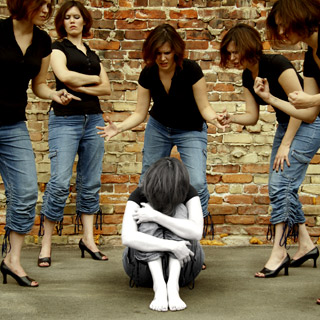
SIGNS, SYMPTOMS, AND DIAGNOSIS OF SCHIZOPHRENIA
Typically, schizophrenics experience hallucinations, disordered thinking, delusions, and make strange and unusual marks and comments.
They see different things and create characters and situations that are not real and even some may think that they are another person, usually a famous personality.
Another problem expressed by schizophrenics is social isolation that may be caused by several factors. They also have a tendency of lack of interest or concern and discouragement, but despite these behaviors, it is a mistake to believe that they are violent people or are capable of killing because most of them do not show such behavior.
But it is important to note that none of the above signs is a diagnosis of schizophrenia and either can occur due to other medical problems. If the above-mentioned symptoms are present in a person from a month to six months, then the person can be diagnosed as having schizophrenia.
The signs and symptoms of schizophrenia are also accompanied by sleep disturbance, confusion, disinterest in previously pleasurable activities, unusual movements and postures including catatonia a condition in which a person does not speak for a long time, sometimes turns in strange body positions either rigid or extremely flexible, and also gets agitated without any reason but catatonia occurs in a very few cases.
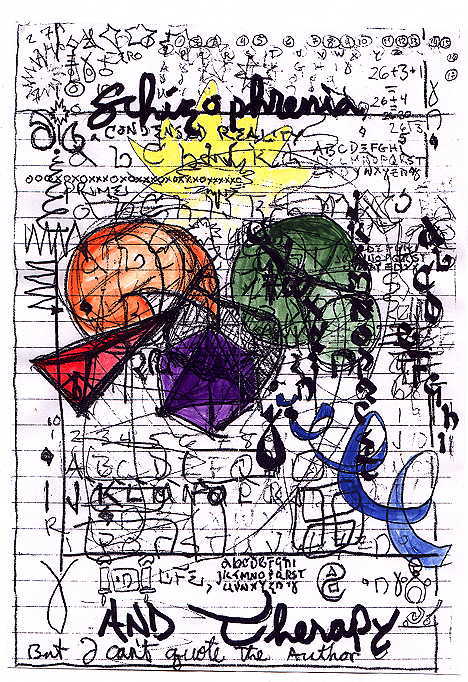
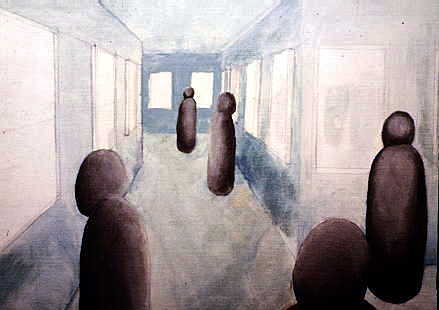
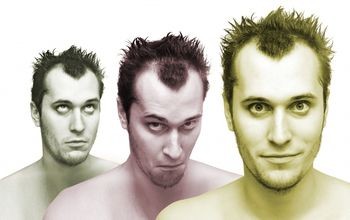
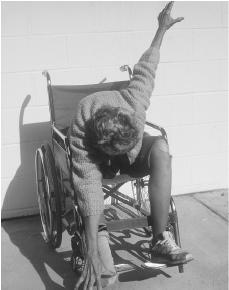
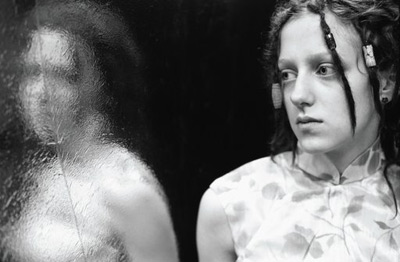
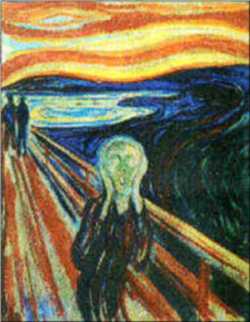
Symptoms of schizophrenia can be described as negative and positive. Positive symptoms refer to hallucinations, delusions, and thought disturbances. These can be considered typical symptoms of psychosis but negative symptoms are those that include the loss of skills or normal traits such as the difficulty to express emotions, inability to speak, loss of desire to interact, difficulty of feeling pleasure, demotivation, etc. Those schizophrenics who have negative symptoms are more likely to have poor quality of life, problems with day-to-day functions, and other difficulties.
FIVE TYPES OF SCHIZOPHRENIA
According to medical science and psychiatry, there are five types of schizophrenia namely paranoid schizophrenia, disorganized schizophrenia, catatonic schizophrenia, undifferentiated schizophrenia, and residual schizophrenia.
- In paranoid schizophrenia, there exist primarily hallucinations and delusions, especially auditory. In this case, there are irregularities in behavior and thinking and there are no difficulties relating to others. This type of schizophrenia usually occurs between 20 and 30 years of age.
- In disorganized schizophrenia, there exist primarily disordered thoughts and communication as well as emotional difficulties. This type of schizophrenia most commonly occurs in adults and in this, a person is not able to express his/her emotions.
- In catatonic schizophrenia, as mentioned above, people become rigid or flexible and agitated without any reason. They sometimes become manic performing extreme flexibility of extremities and sometimes show rigidity to everything. This type of schizophrenia can become dangerous when the patient stops eating. Catatonic schizophrenics can start repeating words said by other people or start following other person’s body movements. Although not shown, these individuals think and feel, but do not respond to those impulses.
- Undifferentiated schizophrenia is a mixed clinical condition in which psychotic symptoms are not as specific as to be considered within the other types and subtypes. The symptoms fluctuate for some time mimicking a subtype of schizophrenia and then remain stable for some time and then again fluctuate mimicking another subtype of schizophrenia, which becomes a really confusing situation.
- Residual schizophrenia as the name defines refers to leftover schizophrenia associated with positive symptoms to a lesser degree. In other words, the delusions, hallucinations, and disordered thoughts are present but they become less prominent than what they were in the worse times of illness. It is interesting to note that according to some recent studies, adult onset schizophrenia has been associated with childhood infections of the central nervous system.
In the next article, we will talk about risk factors for schizophrenia and its treatment.
